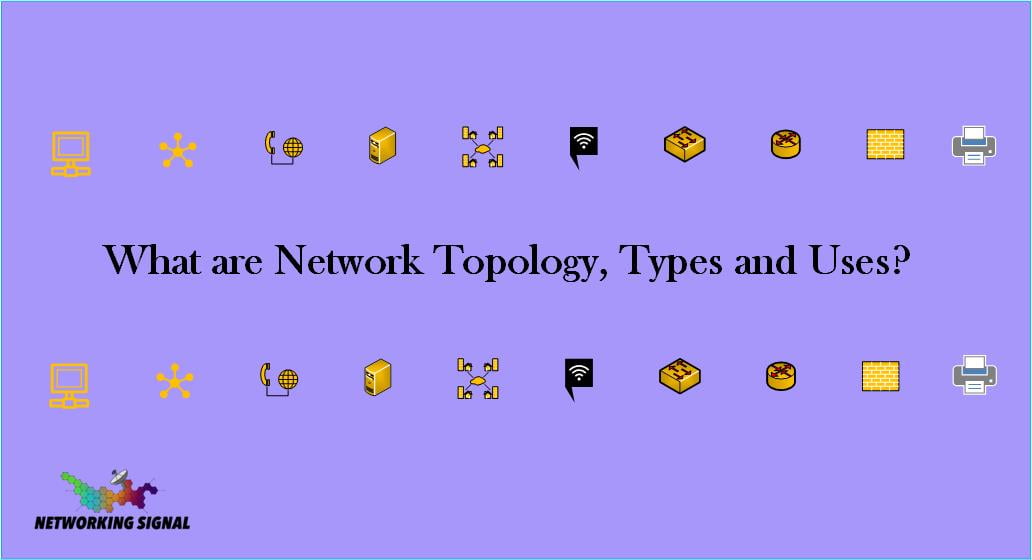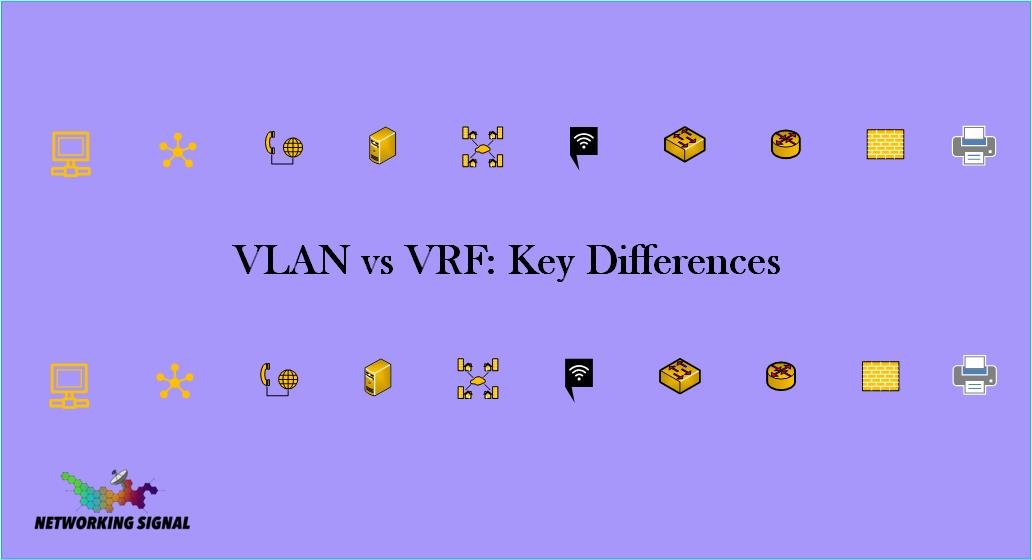What are Network Topology, Types and Uses?
In computer networking, topology refers to the layout of connected devices. There are two common types of network topologies: physical and logical. A physical topology is the actual layout of the devices on a network, including the location of the devices and the connections between them. Types of Network Topology Bus Topology: All devices are … Read more



![How to Convert IP Address Decimal to Binary? [ Easy Way ] 3 How to Convert IP Address Decimal to Binary](https://www.networkingsignal.com/wp-content/uploads/2022/12/How-to-Convert-IP-Address-Decimal-to-Binary.jpg)

